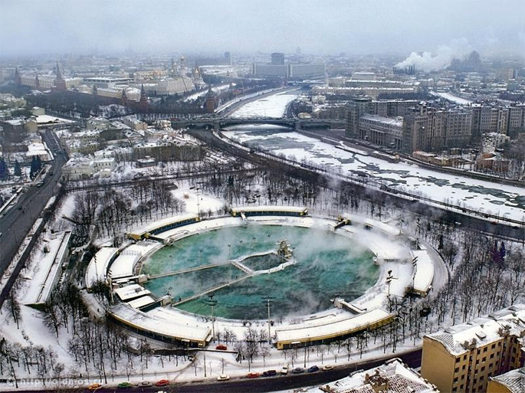
[The Moscow Pool, built on the site of Stalin’s abandoned Palace of the Soviets, via Polis.]
As volcanism is, for obvious reasons, in the news at the moment, perhaps this is the right time to think back to an article posted a few months ago at English Russia which suggests that Moscow is a city built not on ordinary, stable hills, but on volcanoes:
“Moscow city stands on the top of the giant ancient volcano”, says scientist, “we call often Moscow – the city on the seven hills (as well Rome and some other cities) but just a few know that those seven hill actually are the ancient volcano structure. It doesn’t matter that it is not active for thousands of years already, still there are so called ‘fluid streams’ gases from the center of the Earth comes to surface through ancient volcanoes, they cause the tremors of the surface and ruining the roads and buildings in Moscow.”
Regardless of whether English Russia’s article reflects the actual geological conditions of Moscow (and I don’t think that it does, though I’d like to1), I do think that its fair to say that this is an extraordinarily rich symbolic image: a Dantean metropolis, constructed on the metaphorical gates of hell, its streets continually poised and ready to collapse into subterranean caverns like an igneous Miami.
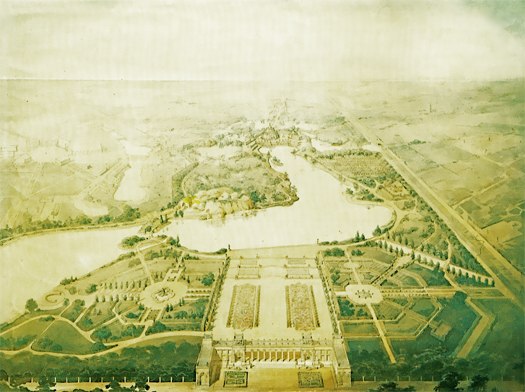
Meanwhile, at Polis, Peter Sigrist has been writing a series which traces the history and evolution of that same city’s public parks, using — and I think this is a fantastic idea — the parks as a lens for registering the effects of shifting political and cultural ideologies on the city, from the importation of Western European landscape architects by Peter the Great in the late seventeenth century to park-heavy, green-belted regional master plans adopted in the Khrushchev and Brezhnev eras. According to the figures that Sigrist has found, Moscow is extremely densely populated by parks, having between three and four times the ratio of public parks space to citizen that comparable cities — New York, London, Paris — do.
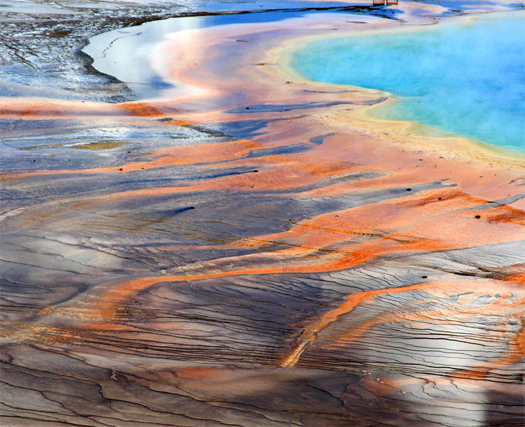
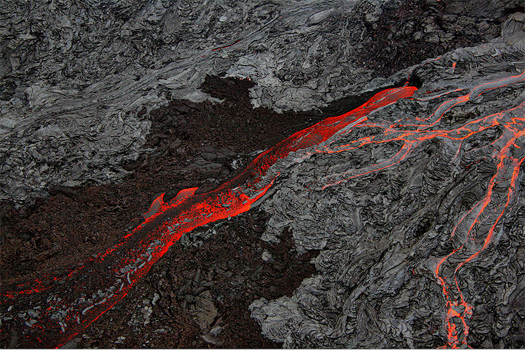
While that series deserves a more careful and serious reading than this flippant post allows, the obvious result of the mental collision of these two reports about Moscow — one fantastic and unbelievable, the other substantiated and historical — is to imagine a Moscow whose many public parks are more Yellowstone or Hawaii Volcanoes National Park than Central Park. That image, in turn, leads me to a third recent post elsewhere, Pruned‘s entry on flood hunting. Flood hunting is apparently the practice of “traveling to sites of inundation”, an activity situated somewhere between (natural) disaster tourism and, as Pruned suggests, the occasionally-thrilling itineraries of flood-control-apparatus inspectors, who typically must inspect their bulwarks and levees and dams without the visual aid of surging floodwaters, but might, on occasion, have the opportunity to “gauge how the built environment reacts in the face of total systemic failure”.
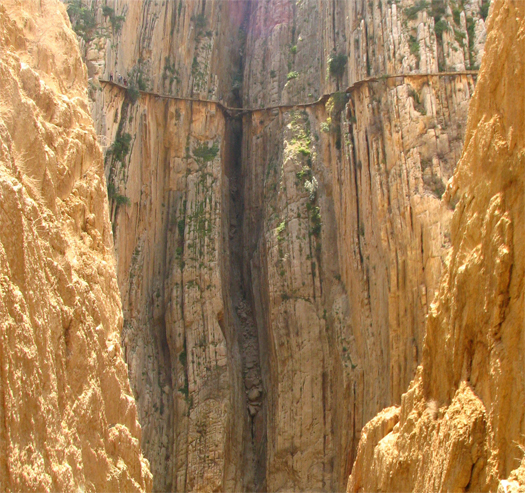
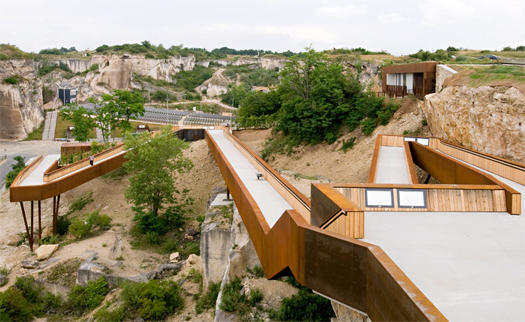
Flood hunting is, of course, quite fascinating as practice; but it is also interesting as a program: a landscape architect might quite plausibly design a coastal levee strung with scaffolds, walkways, and viewing platforms2 for watching floods from just above the 500-year flood line, or — as the recently-opened Rising Currents program at MoMA suggests — a systemically-engineered marshy barrier against rising sea levels, which also doubles as recreational space and parkland. In the same way, its not quite impossible to imagine a city who, being built atop dormant volcanoes, has reserved the most unstable districts of the city as municipal parks. Whose landscape architects have been called upon to design access systems for these geological freakologies, these unstable geysers, mud pots, fumaroles, and hot springs which sit between broad avenues, kvartals, dense clusters of towering buildings, and whose citizens frequent its public parks not for bucolic relaxation but for sublime thrills.


Thank you for adding such a fascinating angle on the parks study. I’ll be looking into this and reading up on karst-piping. I really like your perspective on design with ‘geological freakologies’ in mind!
I just heard from a friend in Moscow who confirmed your finding that it’s a result of karst rather than volcanoes. He really enjoyed your post, and also the collapsing streets link. This inspires me to study more urban geology.
Glad you both enjoyed it! I think its very hard to go wrong by studying more geology — it lies at the heart of so many other things, from determining the urban form of Manhattan to ordering botanical proliferation.
In Iceland they do take advantage of the volcanos to create hot baths, not unlike the one in Moscow.
Two other things come to mind – the movie Volcano, in which the LA Metro and Los Angeles River are used to outlay magma to avoid burning down the whole city. And also Yellowstone, which has such a large cluster of volcanos and human infrastructure, it actually sounds a lot like this city, just without Moscow’s 13 million residents.
Er, not volcanos, geysers and other geothermal upwellings.
In note 2, were you thinking of El Camino Del Rey?
http://www.youtube.com/watch?v=ZmDhRvvs5Xw
That was built as part of a water project, not mining (though that was my first guess as well). Here’s the wiki page:
http://en.wikipedia.org/wiki/Caminito_del_Rey
Yes — thanks! That explains why my search terms (commercial, mining, etc.) were all wrong. About the only thing I got right was “Spain”.
[…] while ago, I wrote a post called “recreational volcanism”, about the possibility that there might be a …city [which], being built atop dormant […]